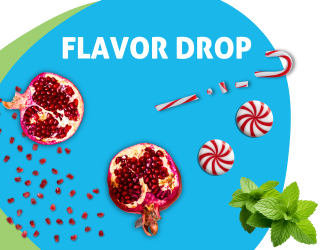
In a world where consumers demand authenticity and transparency from their food, beverages, cosmetics and more, one trend emerging in the flavor industry is what I like to call “flavors of defined provenance”. Simply put, this means explicitly stating the origin of the product to gain the consumer’s trust and pique their interest. Brands like Stash have come out with products like Moroccan Mint, Kenya Black and Vitanakande Estate Ceylon Black teas, while Starbucks has recently placed a special emphasis on promoting single-origin coffees from specific regions of the world. This strategy builds a connection between the “birthplace” of the beverage and the point of consumption.
At the heart of this flavor trend is an increased level of consumer sophistication. An apple isn’t just an apple anymore for the millennial mom at the supermarket – now it’s a fresh Gala apple plucked straight from the orchards of Rhinebeck, New York by a mom-and-pop team of farmers. There’s a level of transparency and elegance in marketing products this way, and consumers demand it.
Consumers want to know exactly where their food came from and expect more from new products than just another vanilla yogurt or roasted coffee bean – now it has to be a Tahitian vanilla Greek yogurt or a single-origin Ethiopian cappuccino drink. It has to come from somewhere.
A great example of this trend is Bai Brands LLC. The youthful infused beverage company has quickly risen through the ranks, releasing nearly 20 unique flavors to date, each of which harkens back to a very specific locale around the world. Varieties include Costa Rica Clementine, Panama Peach, Sumatra Dragonfruit, and Peru Pineapple, among others. Do these antioxidant infused drinks actually taste different than an American orange or peach flavor would? Maybe or maybe not, but the point is that it’s the defined origin of the beverage that differentiates it so well from other great-tasting infusion drinks and makes it so attractive to consumers who desire authenticity and aspiration.



